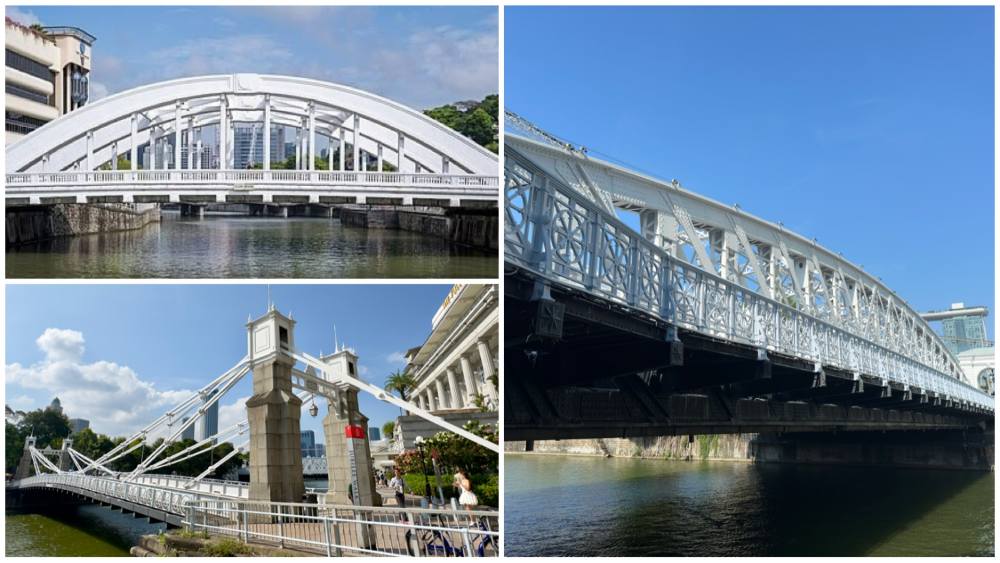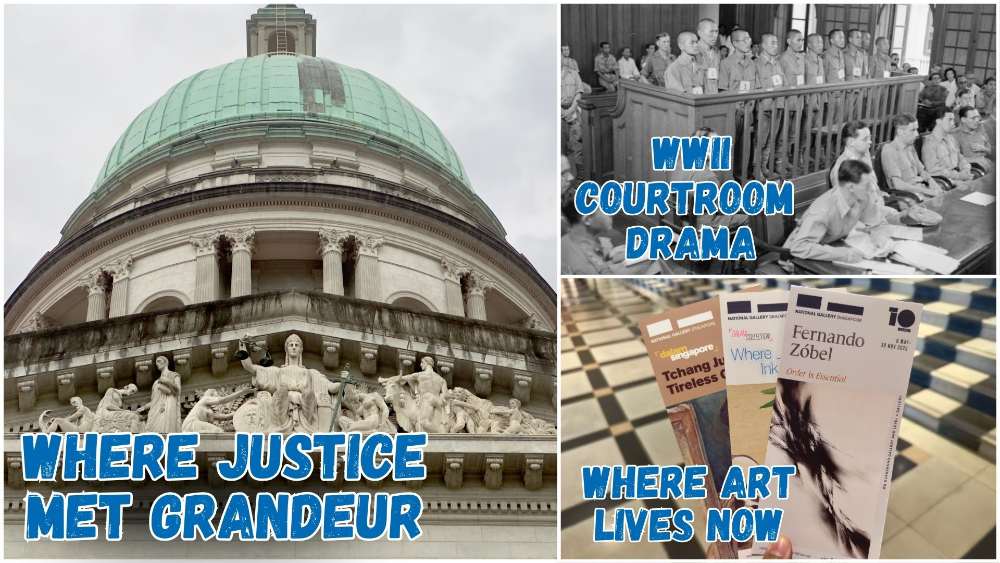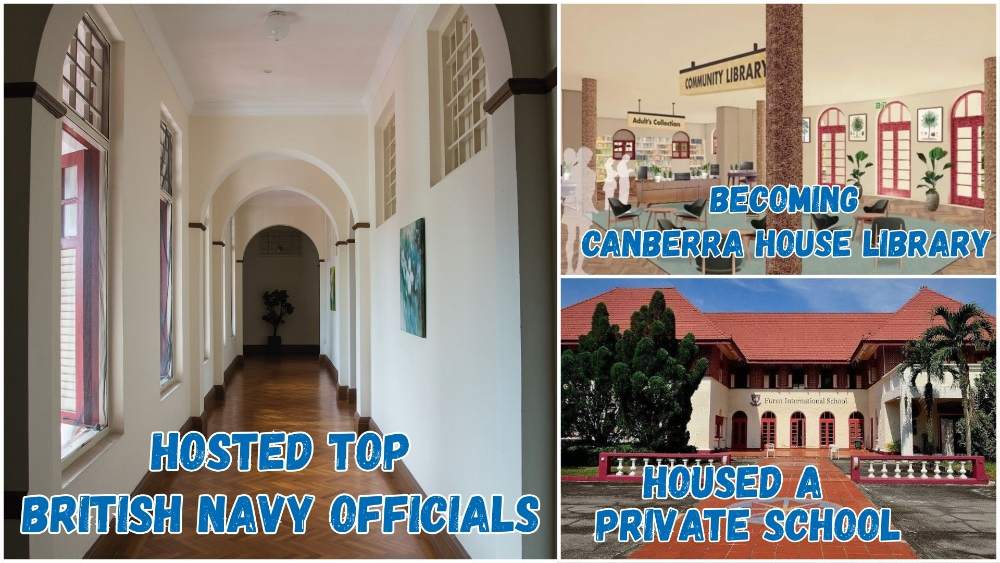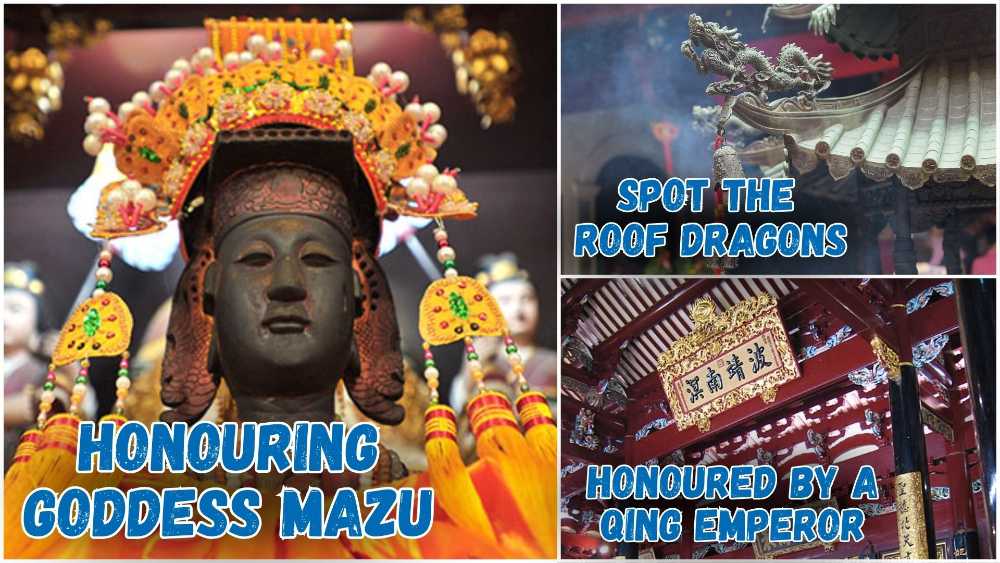National Monuments Of Singapore: Singapore River Bridges
What is a National Monument? Who gazettes them? How many national monuments are there in Singapore? To date, the Preservation of Sites and Monuments, a division of National Heritage Board, has identified and gazetted 75 buildings, structures and sites of national significance as an integral part of Singapore’s built heritage.
And we're here to tell you all about them - one National Monument at a time!
You've probably passed by or stepped into more than a few of them without realising they were National Monuments: Al-Abrar Mosque, Asian Civilisations Museum, the Civilian War Memorial, Saint Andrew's Cathedral, the Esplanade Park Memorials, Fort Siloso on Sentosa - no need to plan an itinerary for friends visiting from overseas; just show them this article ✌️
In this edition, we draw your attention to some of the oldest bridges in the Lion City, the Singapore River Bridges.
📍 Location
The Singapore River Bridges were collectively gazetted as the 73rd National Monument, and are located near other National Monuments such as Yueh Hai Ching Temple, the former Fullerton Building, and the Asian Civilisations Museum. The MRT stations nearest to them are Raffles Place, Clarke Quay, and City Hall.
📅 Significant dates
Dates built:
- 1867-1869: Cavenagh Bridge
- 1908-1910: Anderson Bridge
- 1822-1823: The earliest bridge at the site of the current Elgin Bridge was erected
- 30 May 1929: The present Elgin Bridge
Milestones:
- 1987: Cavenagh Bridge and Anderson Bridge underwent refurbishment as part of a master plan to beautify the Singapore River
- 1989: Elgin Bridge was restored as part of a master plan to beautify the Singapore River
- 28 Sep 2008: The Singapore Grand Prix was inaugurated, and Anderson Bridge was part of the race circuit
Date gazetted collectively: 15 Oct 2019
📜 History
Cavenagh Bridge
Cavenagh Bridge, the oldest suspension bridge over the Singapore River, connected Commercial Square (now Raffles Place) on the southern bank to the government district on the northern bank. Before its construction, people used a ferry and a temporary footbridge to cross the river.
The bridge's strength was tested before it was shipped to Singapore by loading it with a weight four times its own. After installation, Madras sepoys (Indian soldiers in British colonial service) marched across it to ensure its stability.
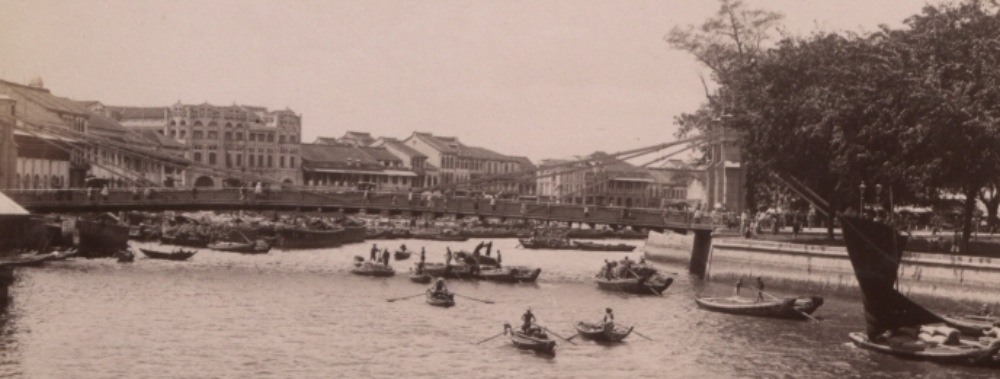 Cavenagh Bridge between 1869 and 1900. | IMAGE: WIKIMEDIA COMMONS/@THE NATIONAL ARCHIVES UK
Cavenagh Bridge between 1869 and 1900. | IMAGE: WIKIMEDIA COMMONS/@THE NATIONAL ARCHIVES UK
Cavenagh Bridge was named after Sir William O. Cavenagh (Governor of the Straits Settlements from 1859-1867), the last Governor before Singapore's administrative shift from India to London in 1867. The bridge was likely designed by George C. Collyer (Chief Engineer of the Straits Settlements from 1859-1862), and Rowland M. Ordish, with Arthur H. De Wind (Municipal Engineer from 1863-1871) overseeing its completion. It was also the last major project by Indian convicts, who built landmarks like the Istana and St Andrew’s Cathedral.
Cavenagh Bridge was officially opened in 1869.
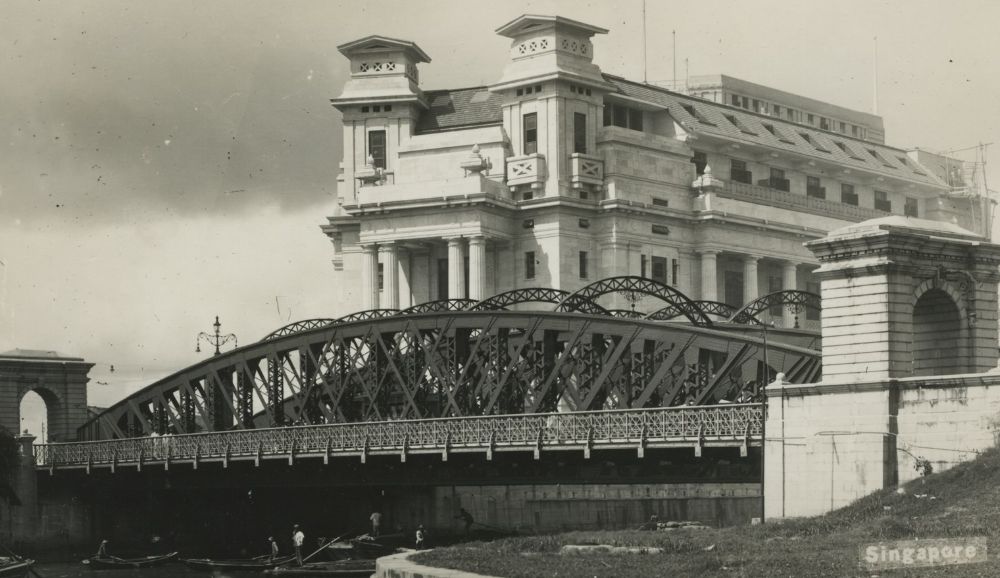 Anderson Bridge circa 1930. | IMAGE: WIKIMEDIA COMMONS/@ANONYMOUS
Anderson Bridge circa 1930. | IMAGE: WIKIMEDIA COMMONS/@ANONYMOUS
Anderson Bridge
Following the construction of Cavenagh Bridge, trade on the south bank of the Singapore River surged. To alleviate the resulting traffic congestion on Cavenagh Bridge, Anderson Bridge was built from 1908-1910.
Anderson Bridge was named after Sir John Anderson, Governor of the Straits Settlements and High Commissioner for the Federated Malay States from 1904 to 1911. Anderson played a pivotal role in establishing Singapore as a major global shipping port. He stabilised the island’s currency by fixing it to the gold standard (a monetary system in which the standard economic unit of account is based on a fixed quantity of gold) and championed the creation of public back lanes to improve sanitation and reduce overcrowding.
Anderson also presided over the opening of Victoria Memorial Hall.
Fun fact: Anderson Bridge is also part of the circuit in the Singapore Grand Prix, which first began on 28 Sep 2008.
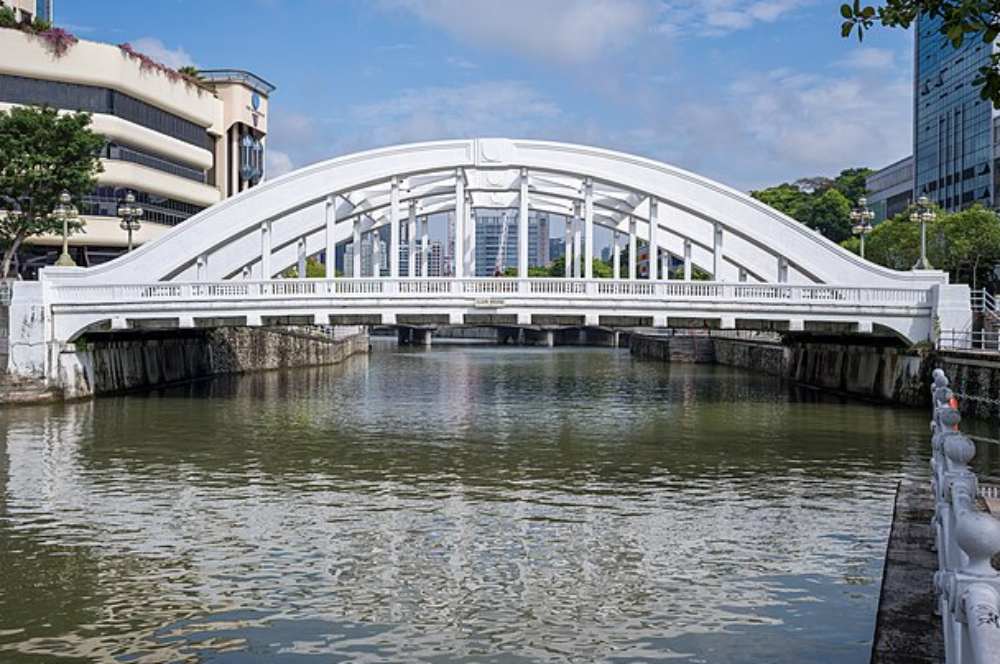 IMAGE: WIKIMEDIA COMMONS/@FRANK SCHULENBURG
IMAGE: WIKIMEDIA COMMONS/@FRANK SCHULENBURG
Elgin Bridge
The earliest bridge across the Singapore River was constructed between 1822 and 1823 at the location where Elgin Bridge currently stands. Overseen by Lieutenant Philip Jackson, this wooden footbridge was known as Presentment Bridge, or Monkey Bridge, and was the only river crossing until Coleman Bridge was built further upstream in 1840.
After many repairs between 1827 and 1842, Presentment Bridge was demolished in 1844 and replaced with a wooden footbridge designed by J. T. Thomson, which was later renamed Thomson’s Bridge.
In 1862, Thomson’s Bridge was replaced with an iron bridge imported from Calcutta, fabricated by engineer George Lyon. This new structure was named Elgin Bridge in honour of Lord Elgin, the Governor-General of India (1862-1863).
On 23 Dec 1926, Elgin Bridge was closed and dismantled in Jan 1927 to make way for reconstruction due to congestion and subsidence (that's when the ground sinks because of underground material movement).
The new bridge was designed and supervised by T. C. Hood (Municipal Engineer from 1925-1931), . Over the course of two years, six caissons (large watertight chambers) were sunk into the riverbed as part of the bridge’s foundations. The steel framework was fabricated in Glasgow, assembled on the North Bridge Road side, and towed across the river as a single structure on 30 Oct 1928.
The current Elgin Bridge was officially opened on 30 May 1929.
📐 Design and architecture
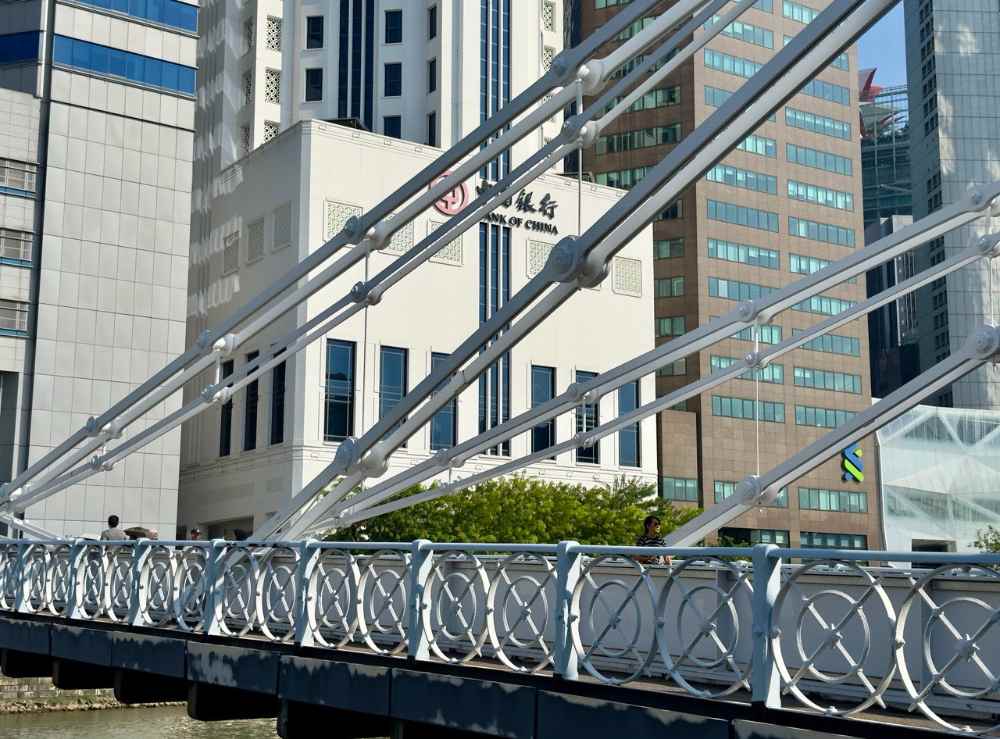 IMAGE: NG KAI
IMAGE: NG KAI
Cavenagh Bridge
Cavenagh Bridge stretches approximately 80m with a roadway that is around 8m wide. Constructed from cast iron, it was manufactured by P & W MacLellan (the same company that built Telok Ayer Market, present-day Lau Pa Sat).
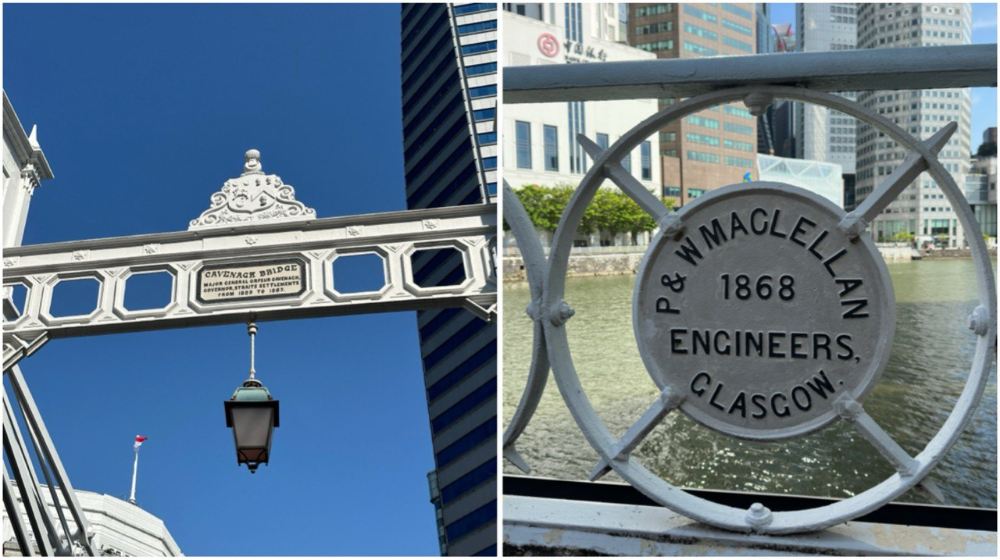 IMAGES: NG KAI
IMAGES: NG KAI
At the top of the bridge, you can find the Cavenagh family crest. Additionally, the bridge features steel plates bearing the name of P & W MacLellan.
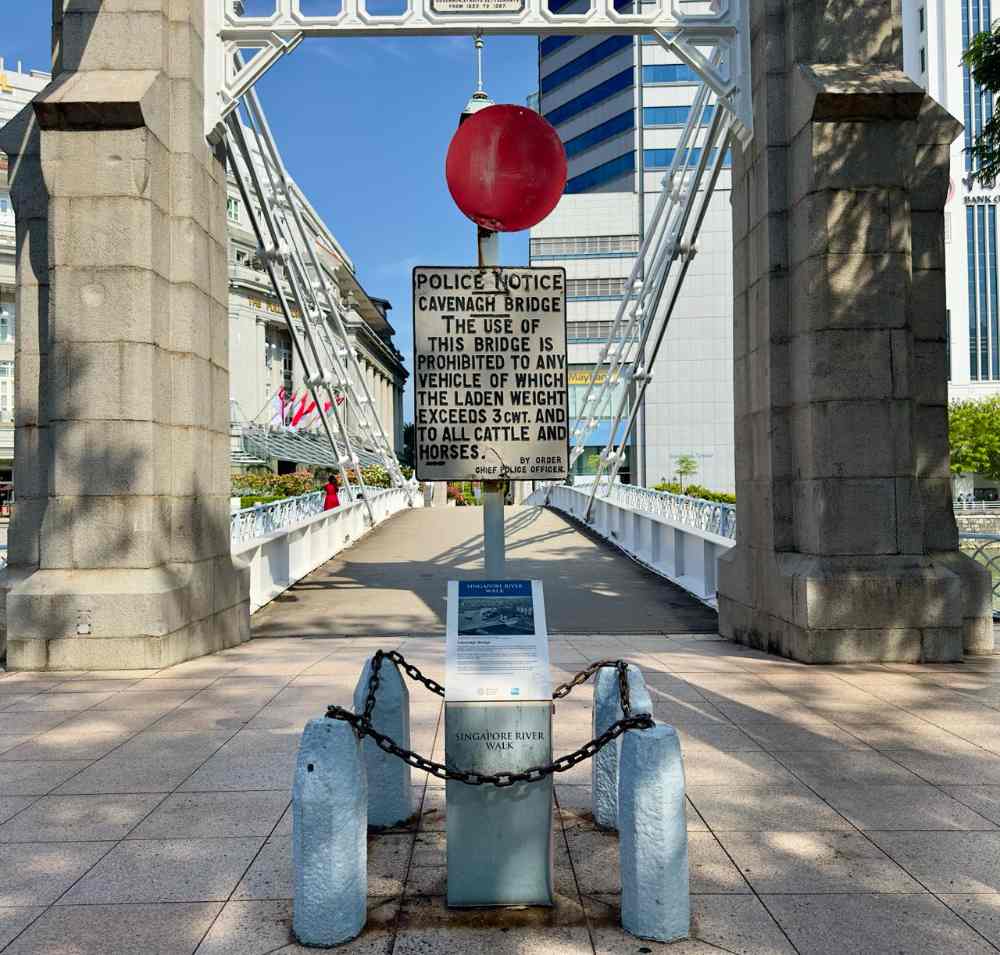 IMAGE: NG KAI
IMAGE: NG KAI
Another notable detail is the old signage at both ends of the bridge, which prohibited cattle, horses, and any vehicle exceeding about 152kg in weight from crossing. This restriction effectively limited the bridge to pedestrian use, as a grown ox alone would weigh more than the allowed weight.
Originally, the bridge's design did not account for tidal changes; until as recently as 1983, bumboats navigating the river had to wait for low tide to pass beneath it. In 1987, Cavenagh Bridge underwent a five-month refurbishment by the Public Works Department to preserve and reinforce its structure. The bridge was reopened on 3 Jul 1987.
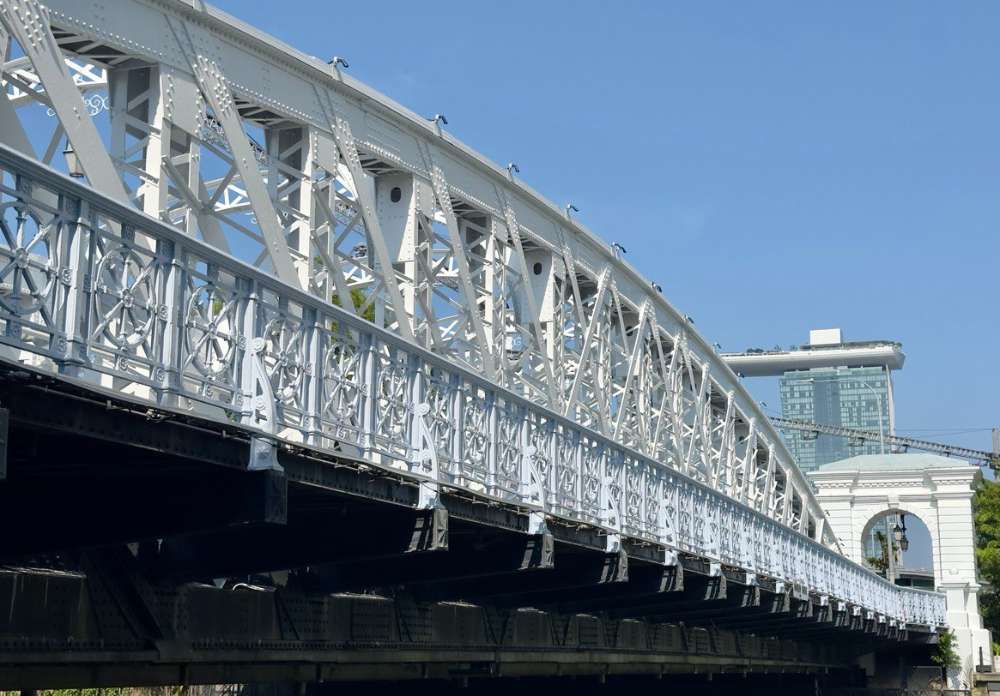 IMAGE: NG KAI
IMAGE: NG KAI
Anderson Bridge
Anderson Bridge is characterised by its diagonal structural members, intricate cast iron lattice work, rusticated granite pedestrian archways, and fluted piers.
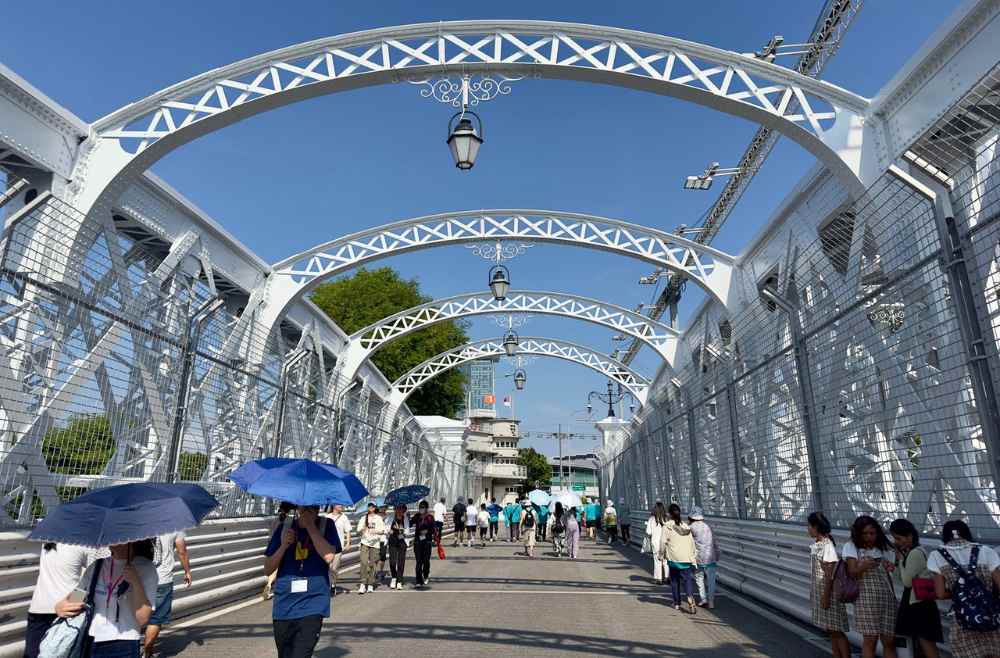 IMAGE: NG KAI
IMAGE: NG KAI
Bronze lamps adorn the arches, adding to its architectural elegance.
The bridge spans 61.2m and features two roadways, each 7.5m wide. Its structural steelwork was manufactured in Britain and shipped to Singapore.
The names of key contributors to the construction of Anderson Bridge were engraved on a stone imported from Aswan, Egypt, which is mounted at the end of the central girder facing Victoria Memorial Hall.
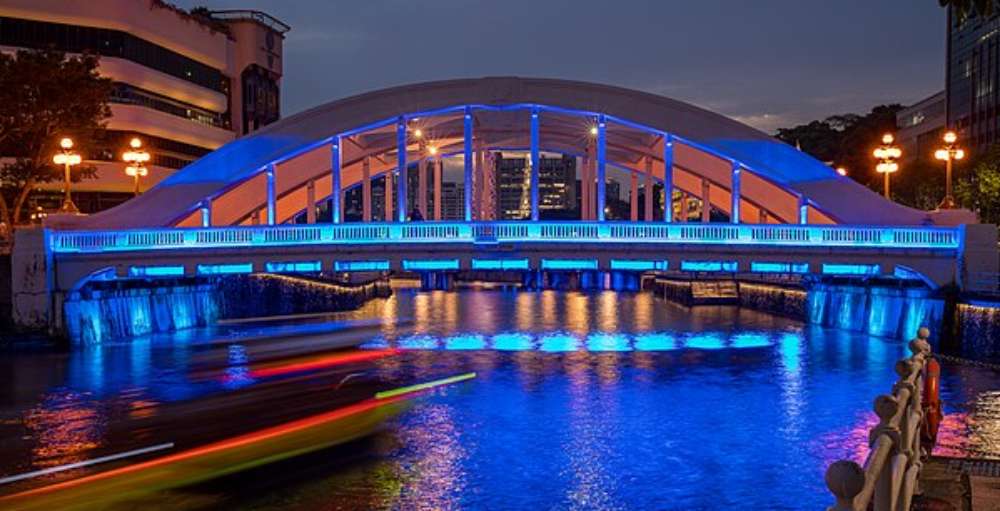 IMAGE: WIKIMEDIA COMMONS/@FRANK SCHULENBURG
IMAGE: WIKIMEDIA COMMONS/@FRANK SCHULENBURG
Elgin Bridge
Elgin Bridge is a reinforced concrete bridge spanning about 42.6m across the river. It features three steel bowstring arches encased in concrete and comprises two almost 8m roadways separated by a central girder. The bridge is supported by six reinforced concrete caissons, three on each riverbank, and is held together by struts and hangers.
The bridge’s decorative elements, including medallions featuring a lion and palm tree (symbolising old Singapore) and cast iron lamps, were crafted by Italian sculptor Rudolfo Nolli. The lion and palm tree symbol were part of the Municipal crest, which can also be found at Victoria Theatre and Concert Hall and Central Fire Station.
For the latest updates on Wonderwall.sg, be sure to follow us on TikTok, Telegram, Instagram, and Facebook. If you have a story idea for us, email us at [email protected].







